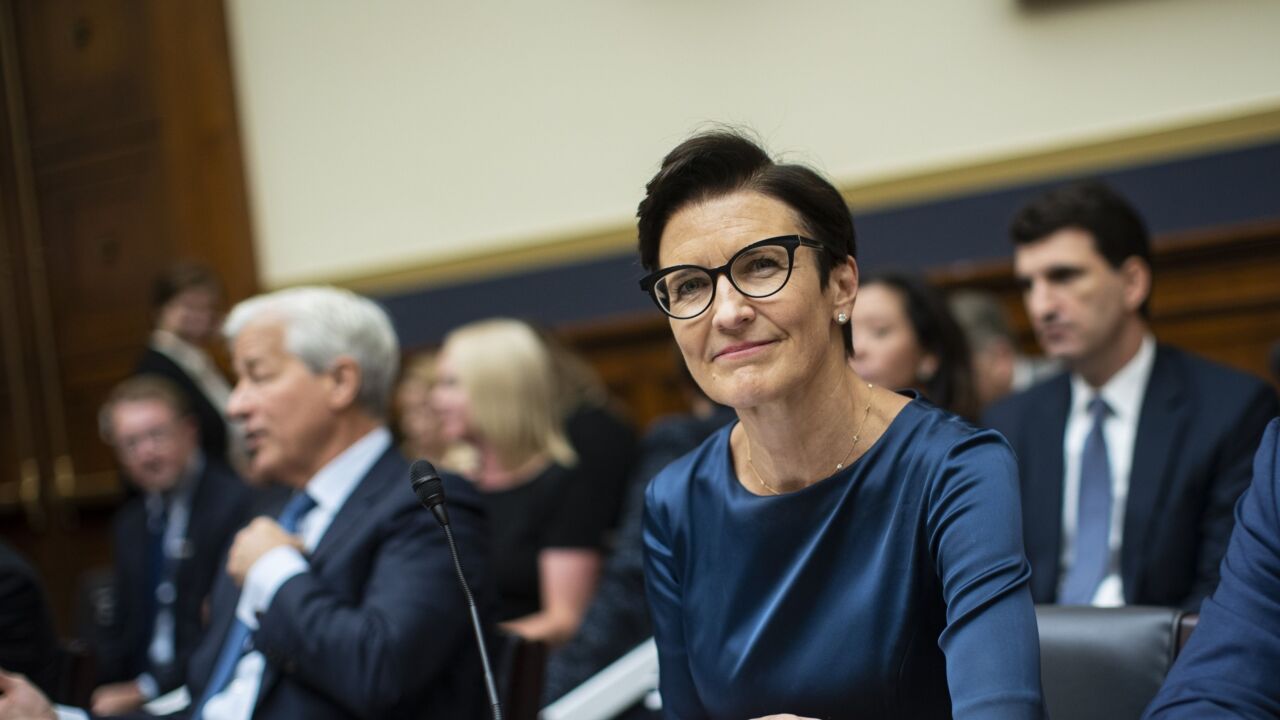
Related Articles:
(Image: Thinkstock)

Mexico
Who Led the Charge: The central bank
How it Works: Individual and corporate customers can use online banking tools to make payments in seconds. Some banks charge for individuals upfront fees, while others fold them into monthly online banking charges.
Source:
(Image: Thinkstock)

South Africa
Who Led the Charge: Commercial banks
How it Works: The system, known as real-time clearing, is offered in branches, over the phone and via online banking. As of 2011, banks were charging their customers around $1 for each transaction, a premium over the price of slower Internet and mobile payments.
Sources:
(Image: Thinkstock)

United Kingdom
Who Led the Charge: Financial regulators
How it Works: The Faster Payments service is available to customers at all U.K. banks. Consumers and businesses typically send money by phone or online. The service is available for one-time, recurring and corporate bulk payments.
Source:
(Image: Thinkstock)

Sweden
Who Led the Charge: Commercial banks
How it Works: Sweden's system - introduced to the public under the product name Swish - was conceived as a mobile payments system. Once a payment is sent, it becomes available in the recipient's bank account within seconds and works around the clock. Initially free, Swish now carries a fee.
Sources:
(Image: Thinkstock)

Australia
Who Led the Charge: Australia's central bank
How it Works: The system's architects are aiming to launch Australia's New Payment Platform by late 2016 for use around the clock. It aims to allow consumers and businesses to make payments in real time and for funds to become available to the recipient almost immediately. Australia's system will allow banks to develop their own add-on services for customers.
Sources:
(Image: Thinkstock)





